The lat pulldown exercise is a staple in many strength training routines, particularly for individuals looking to target the upper back and arm muscles. This exercise can be performed using different grip variations, namely the underhand lat pulldown and the overhand lat pulldown. While both of these variations share similar objectives, they engage different muscles and offer unique benefits. In this article, we will explore the differences between the underhand lat pulldown vs overhand grip, including the muscles targeted, benefits, and how to properly execute each technique.
Introduction to Lat Pulldown Variations
What is the Lat Pulldown?
The lat pulldown is a cable machine exercise commonly used to target the muscles of the back, particularly the latissimus dorsi. By pulling a bar down towards your chest, you engage several muscles in the upper body, including the biceps and shoulders.
Why the Grip Matters
The type of grip you use during the lat pulldown plays a significant role in determining which muscles are emphasized. The two most common grips are the underhand grip (supine grip) and the overhand grip (pronated grip). Both grips can target the lat muscles but activate different fibers and engage varying muscle groups.
What is the Overhand Lat Pulldown?
Proper Technique for Overhand Grip
In the overhand lat pulldown, your palms face away from you, with your hands placed slightly wider than shoulder-width on the bar. This variation is also known as the lat pulldown overhand grip. To perform the exercise correctly:
- Sit down with your thighs secured under the pads.
- Grasp the bar with an overhand grip.
- Pull the bar towards your chest, engaging your back muscles while keeping your torso stable.
- Slowly release the bar back to the starting position with controlled movement.
Muscles Worked in the Overhand Lat Pulldown
The overhand lat pulldown primarily targets the latissimus dorsi, the large muscles of the back, but also works the rhomboids, trapezius, and biceps to a lesser extent. This grip offers an excellent way to build width in the upper back.
What is the Underhand Lat Pulldown?
Proper Technique for Underhand Grip
In the underhand lat pulldown, your palms face towards you, and your hands are typically shoulder-width apart or closer. This variation places a greater emphasis on the biceps and allows for a different back engagement:
- Sit down and adjust the thigh pads.
- Grasp the bar with an underhand grip.
- Pull the bar down towards your upper chest, squeezing the shoulder blades together.
- Slowly return the bar to the top with controlled motion.
Muscles Worked in the Underhand Lat Pulldown
The underhand lat pulldown places more emphasis on the biceps, lower lats, and forearms compared to the overhand variation. It also engages the pectorals to a small extent. This grip variation is great for increasing strength in the arms while still focusing on the back.
Underhand Lat Pulldown vs Overhand: A Detailed Comparison
Key Differences in Muscle Engagement
While both grip variations target the back, the underhand lat pulldown recruits more of the biceps, and the overhand lat pulldown places greater emphasis on the upper back muscles, particularly the latissimus dorsi.
- Underhand Lat Pulldown: Focuses on bicep strength and lower lat development.
- Overhand Lat Pulldown: Primarily targets the upper lats and middle back muscles.
Which Grip is Better for Strength Training?
For strength training, the overhand grip is usually the preferred option, as it helps in developing greater back strength and width. The underhand grip is beneficial for developing overall upper body strength but might not offer the same level of back-focused benefits as the overhand lat pulldown.
The Overhand Lat Pulldown Muscles Worked
Primary Muscles Targeted
The overhand lat pulldown is designed to primarily target the latissimus dorsi, which is responsible for the V-shape in your back. The movement also activates the rhomboids, trapezius, and the deltoids, contributing to a well-rounded back development.
Secondary Muscles Engaged
While the focus is on the back, secondary muscles involved include the biceps, brachialis, and forearms.
Benefits of the Overhand and Underhand Lat Pulldown
Functional Benefits
Both the overhand lat pulldown and underhand lat pulldown promote strength and hypertrophy in the back muscles. They help improve posture, increase pulling strength, and can support other exercises like deadlifts and pull-ups.
Bodybuilding and Aesthetic Benefits
For individuals aiming for a V-shaped physique, the overhand lat pulldown is key for building width in the back. The underhand lat pulldown, on the other hand, can help develop the biceps and lower lats, contributing to overall aesthetic balance.
How to Perform an Overhand Pulldown
Follow these steps to properly execute the overhand lat pulldown:
- Set the machine and seat height to a comfortable position.
- Grip the bar with an overhand grip, ensuring your hands are wider than shoulder-width.
- Engage your core, sit upright, and pull the bar towards your chest.
- Focus on squeezing your shoulder blades as you bring the bar down.
- Return the bar with control, resisting the urge to let it snap back.
Tips for Better Results
- Focus on form and control over weight.
- Keep your chest lifted and avoid swinging your body to generate momentum.
How to Perform an Underhand Lat Pulldown
Follow these steps to properly execute the underhand lat pulldown:
- Adjust the seat and thigh pads so that your legs are securely in place.
- Grab the bar with an underhand grip, keeping your hands at shoulder width.
- Pull the bar towards your chest, emphasizing the contraction of your lower lats.
- Lower the bar with control and repeat.
Tips for Better Results
- Focus on a full range of motion.
- Avoid pulling with your arms; let your back muscles do most of the work.
Which Grip Should You Choose: Overhand or Underhand?
Benefits of Overhand Lat Pulldown
- Primarily targets the upper back and lats.
- Builds width and definition in the back.
Benefits of Underhand Lat Pulldown
- Focuses more on the biceps.
- Enhances lower lat and forearm development.
Common Mistakes in Lat Pulldown Execution
Incorrect Grip
Using the wrong grip can diminish the effectiveness of the exercise. Make sure your hands are placed correctly to target the intended muscles.
Poor Posture
Slouching or using momentum can reduce the engagement of your back muscles. Always maintain an upright posture.
Upper Hand Lat Pulldown: A Special Variation
What Makes the Upper Hand Grip Unique?
The upper hand lat pulldown refers to using a grip that is different from the traditional overhand or underhand grips. This variation emphasizes different parts of the back and shoulders.
Differences with Traditional Grips
The upper hand lat pulldown can activate the shoulders more than the typical lat-focused variations and is a useful tool for balanced back development.
Safety Tips for Performing Lat Pulldowns
- Always use controlled movements.
- Choose an appropriate weight that allows full range motion without strain.
Progression and Variations for Lat Pulldowns
- Weighted Lat Pulldown: Add extra resistance for increased strength.
- Assisted Pull-ups: Transition from lat pulldowns to bodyweight movements for functional strength.
Conclusion
Both the underhand lat pulldown and the overhand lat pulldown are highly effective exercises, but they target slightly different muscle groups. The overhand lat pulldown is ideal for developing upper back width and overall back strength, while the underhand lat pulldown emphasizes the biceps and lower back muscles.
Frequently Asked Questions
-
Which grip is better for building back width, underhand or overhand? The overhand grip is typically better for building back width due to its emphasis on the upper lat muscles.
-
Can I perform both underhand and overhand lat pulldowns in the same workout? Yes, alternating between both variations can offer a more comprehensive back workout, hitting all areas of your lats and arms.
-
What muscles are activated more in the overhand lat pulldown? The overhand lat pulldown activates the latissimus dorsi, rhomboids, and trapezius muscles.
-
Is the underhand lat pulldown easier than the overhand? Some people find the underhand lat pulldown easier because it engages the biceps more and may allow for a stronger pulling motion.
-
Can the lat pulldown cause injury if done incorrectly? Yes, improper form, especially using momentum, can lead to strain in the shoulders and lower back.
-
How can I improve my lat pulldown performance? Focus on form, progressively increase resistance, and ensure full range of motion to maximize results.

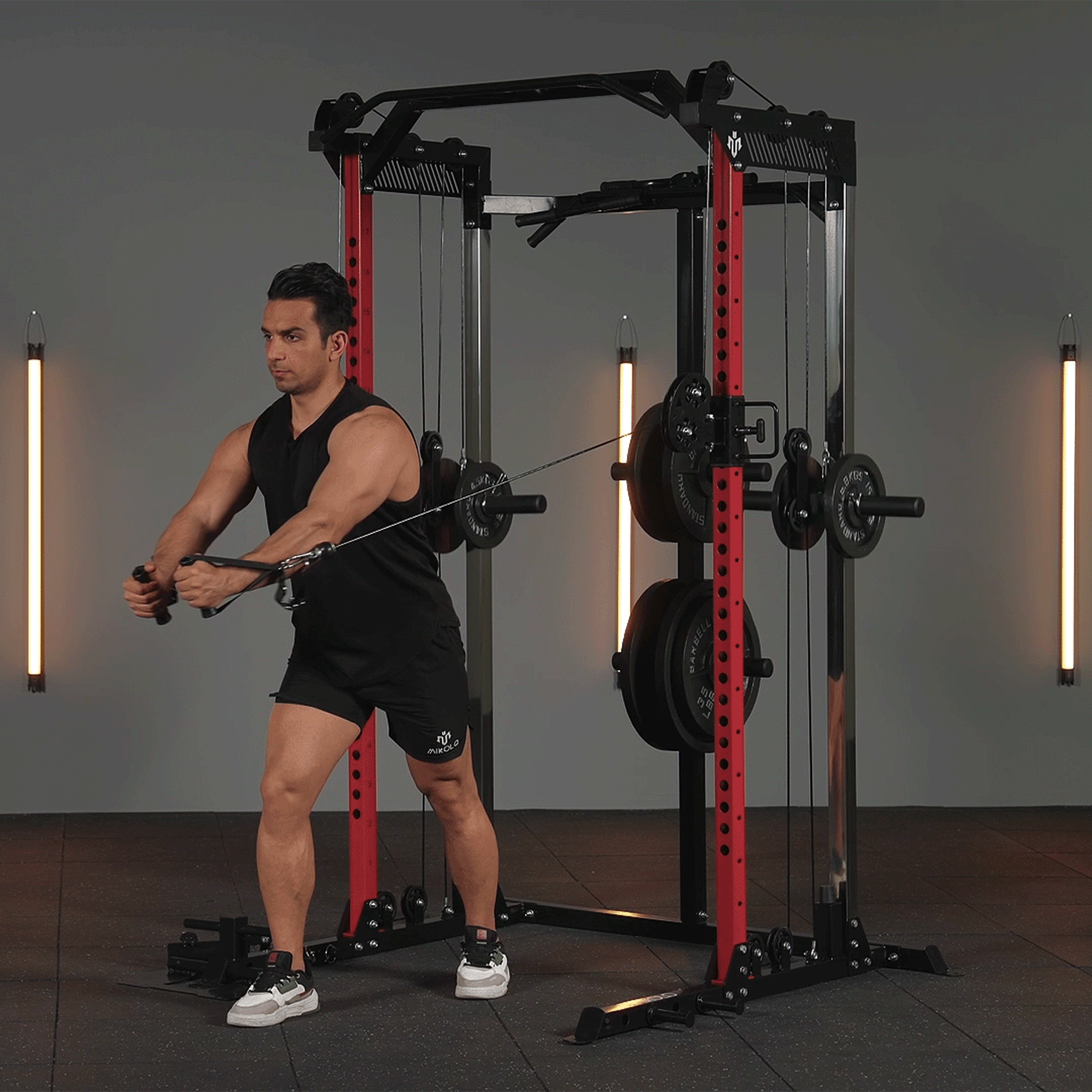









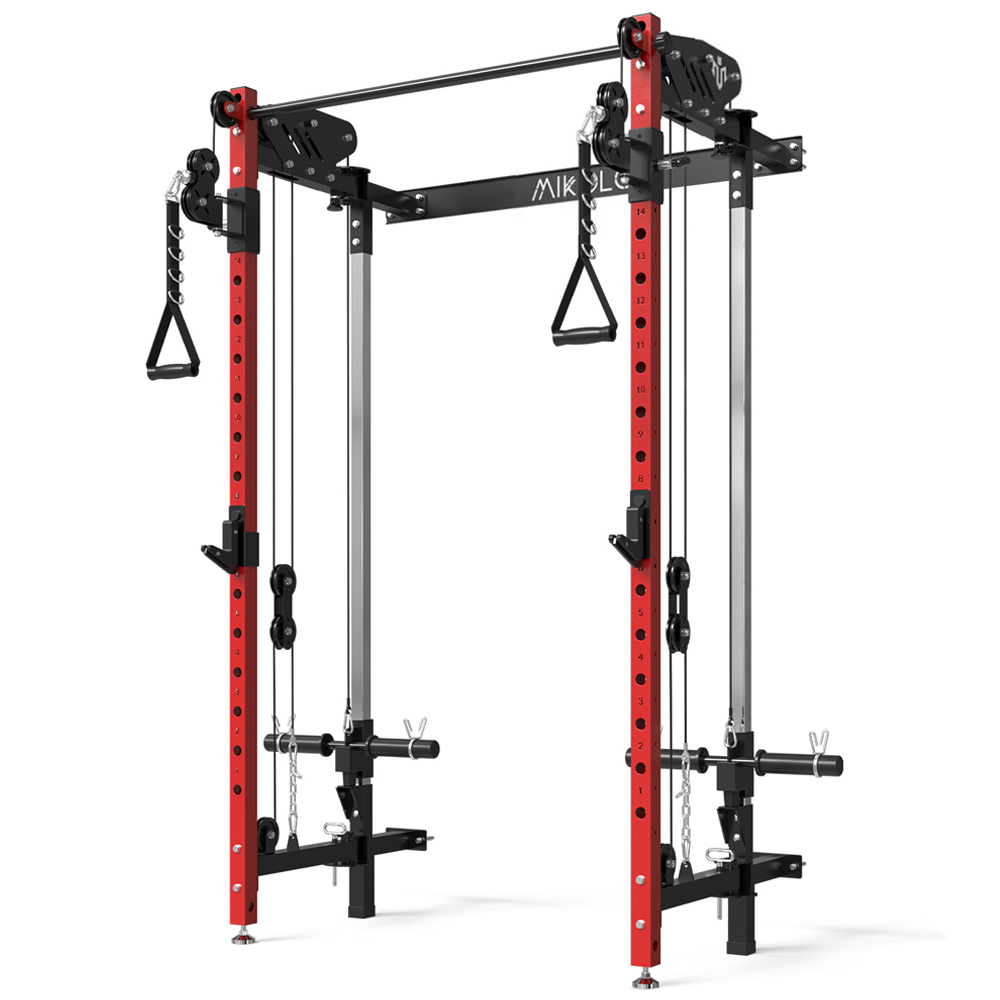
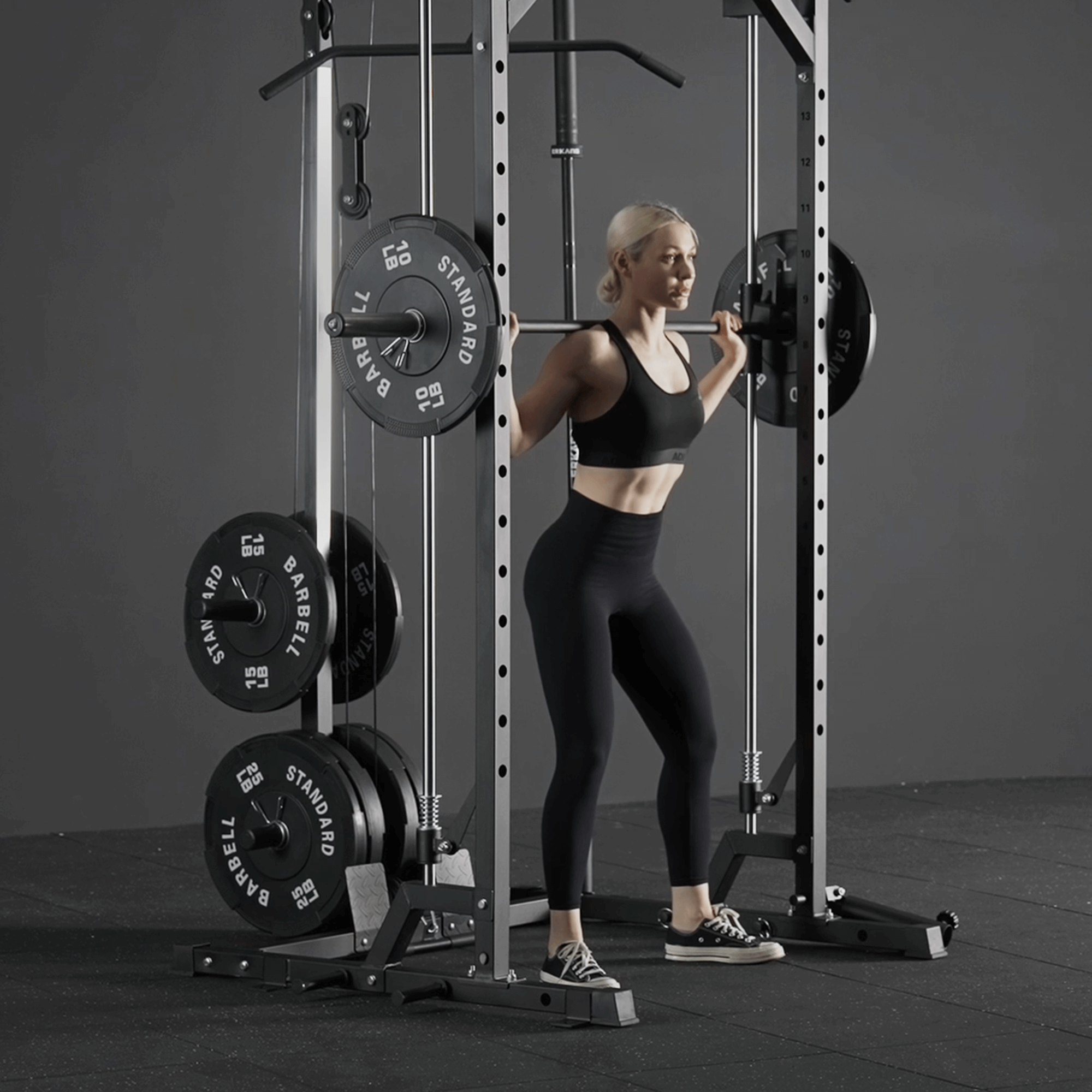





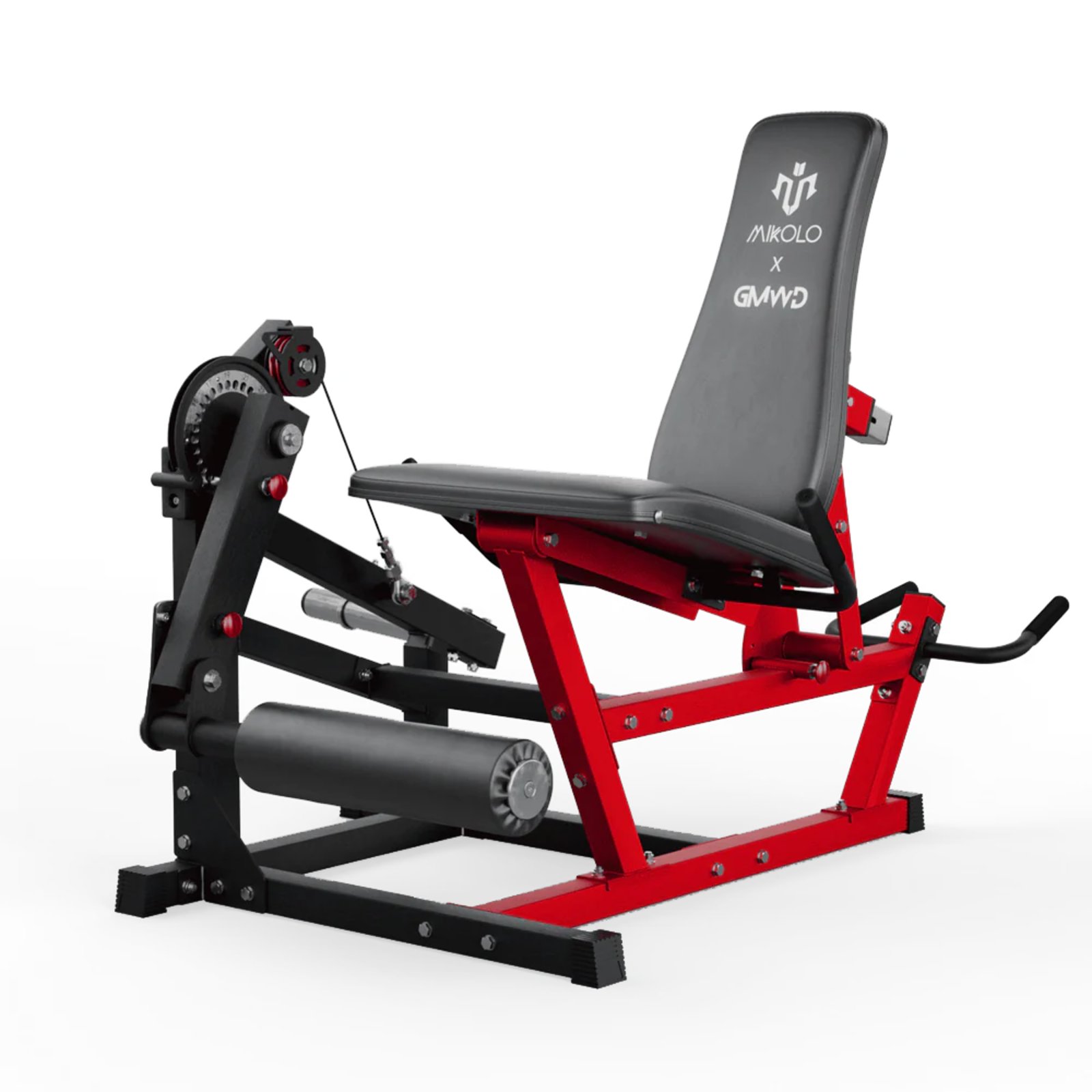
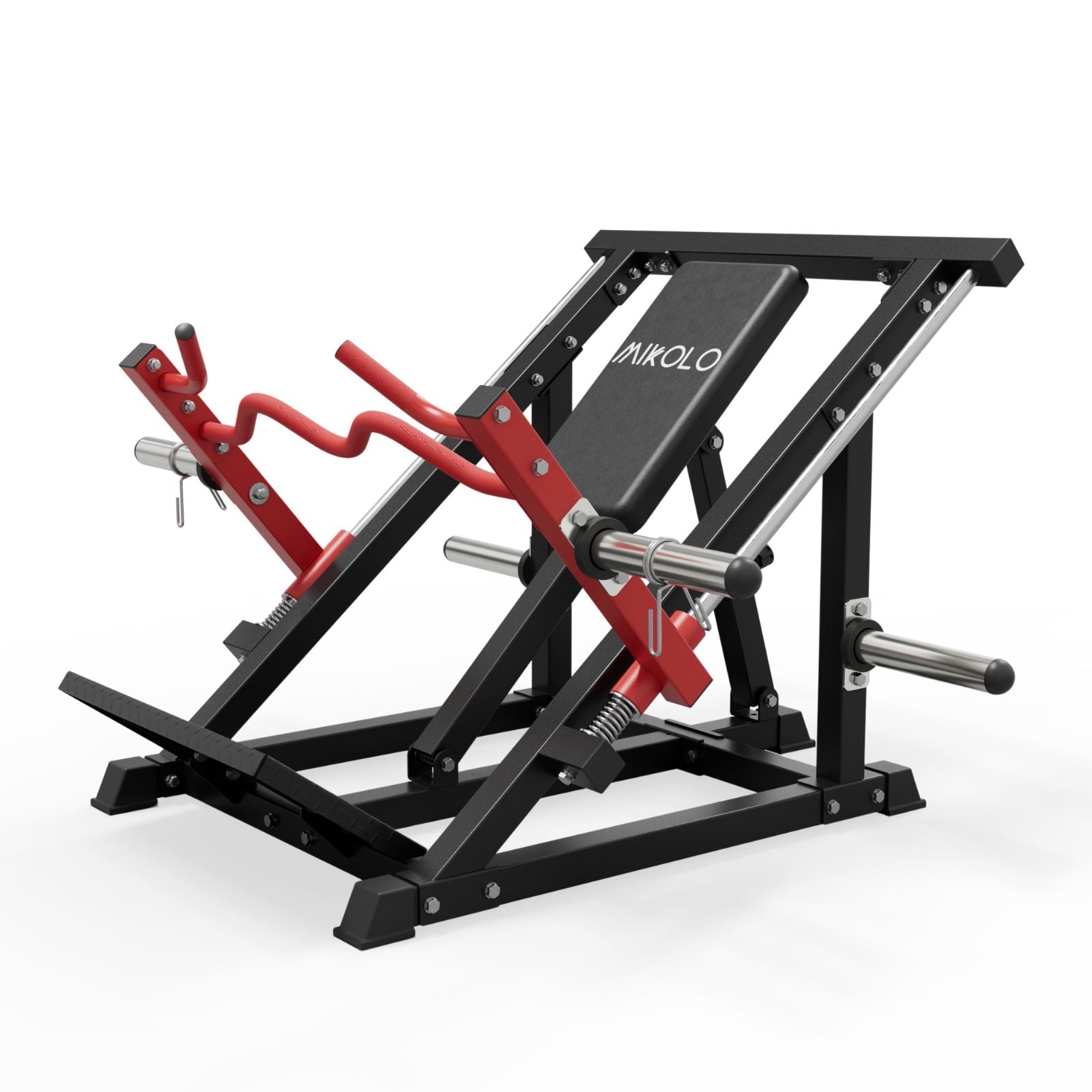
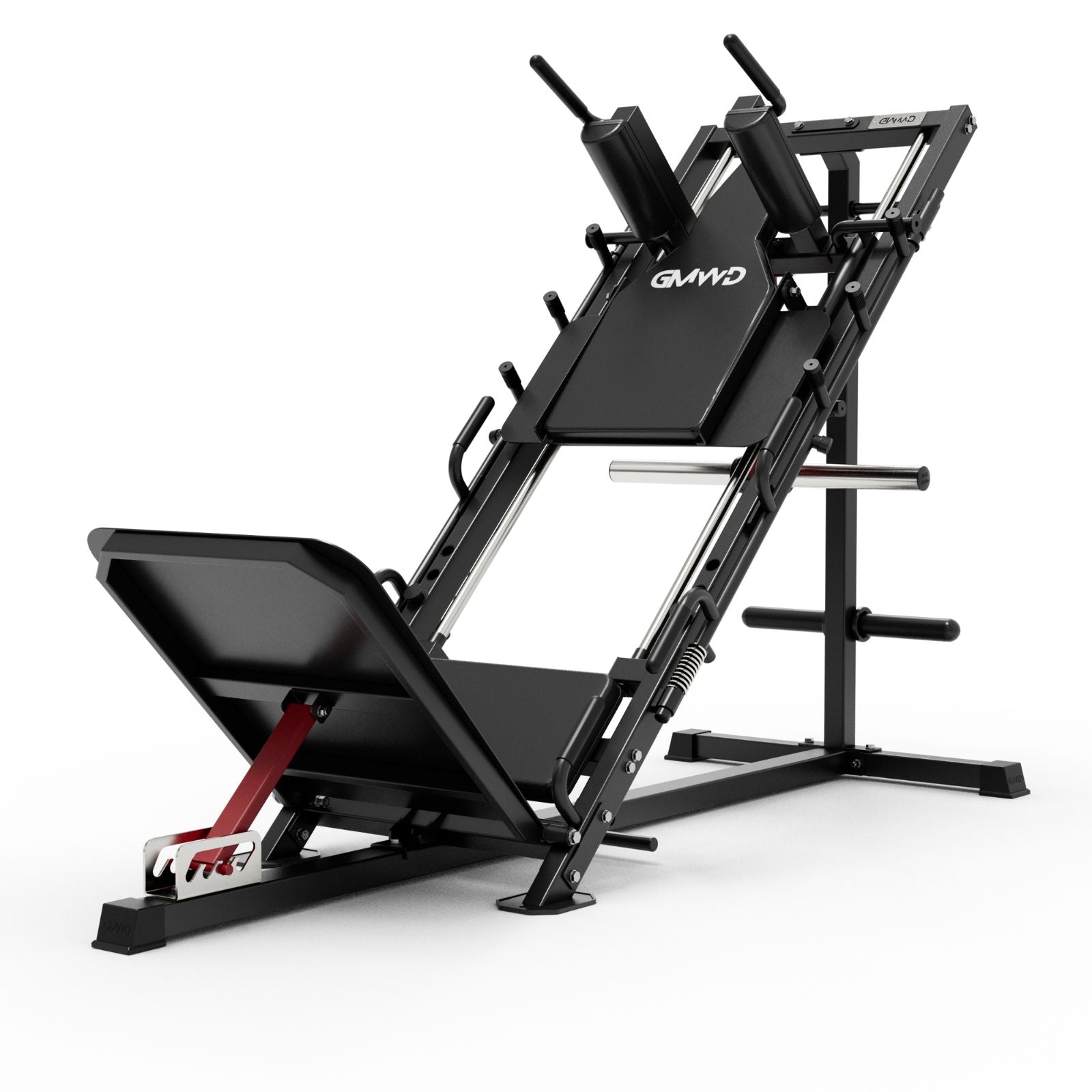
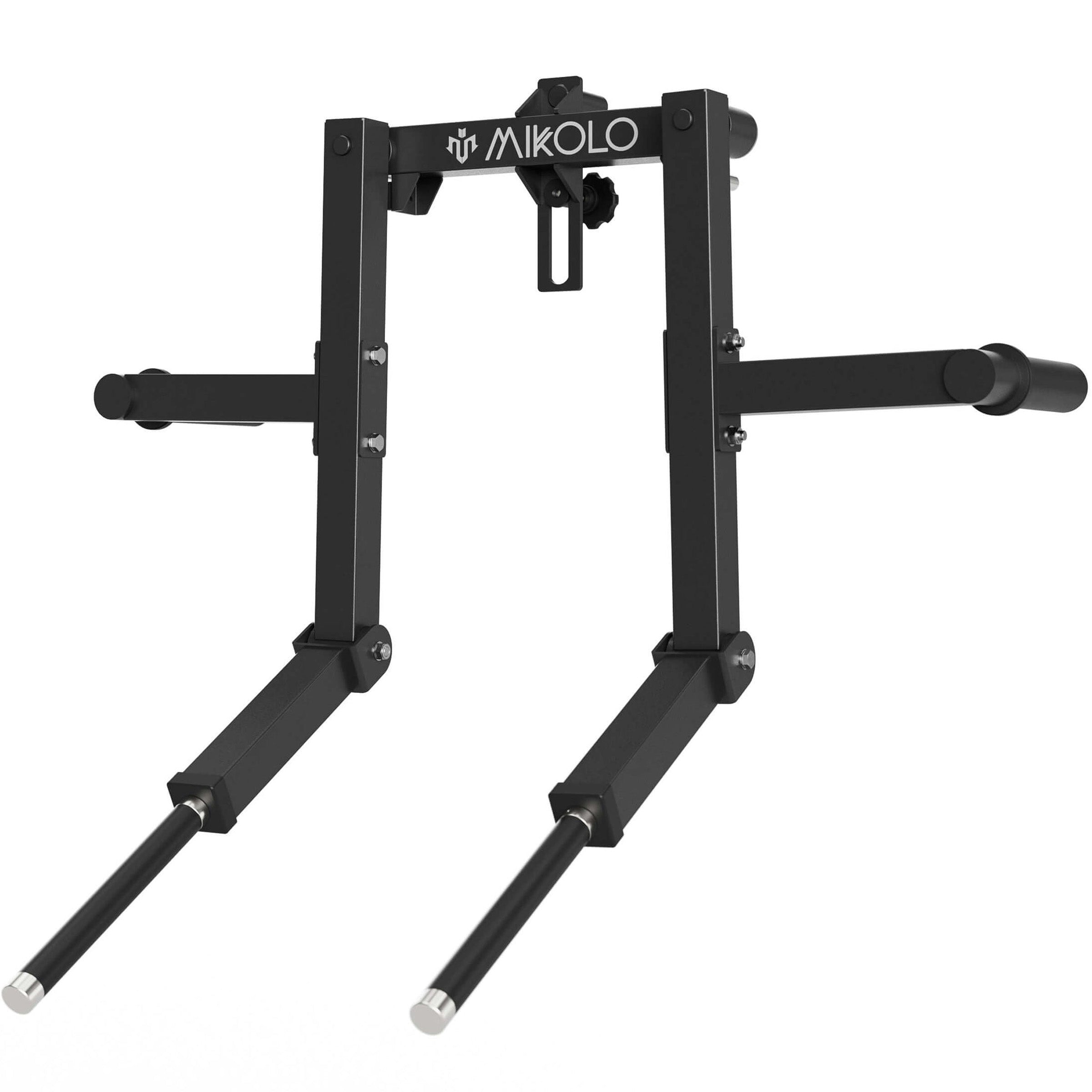
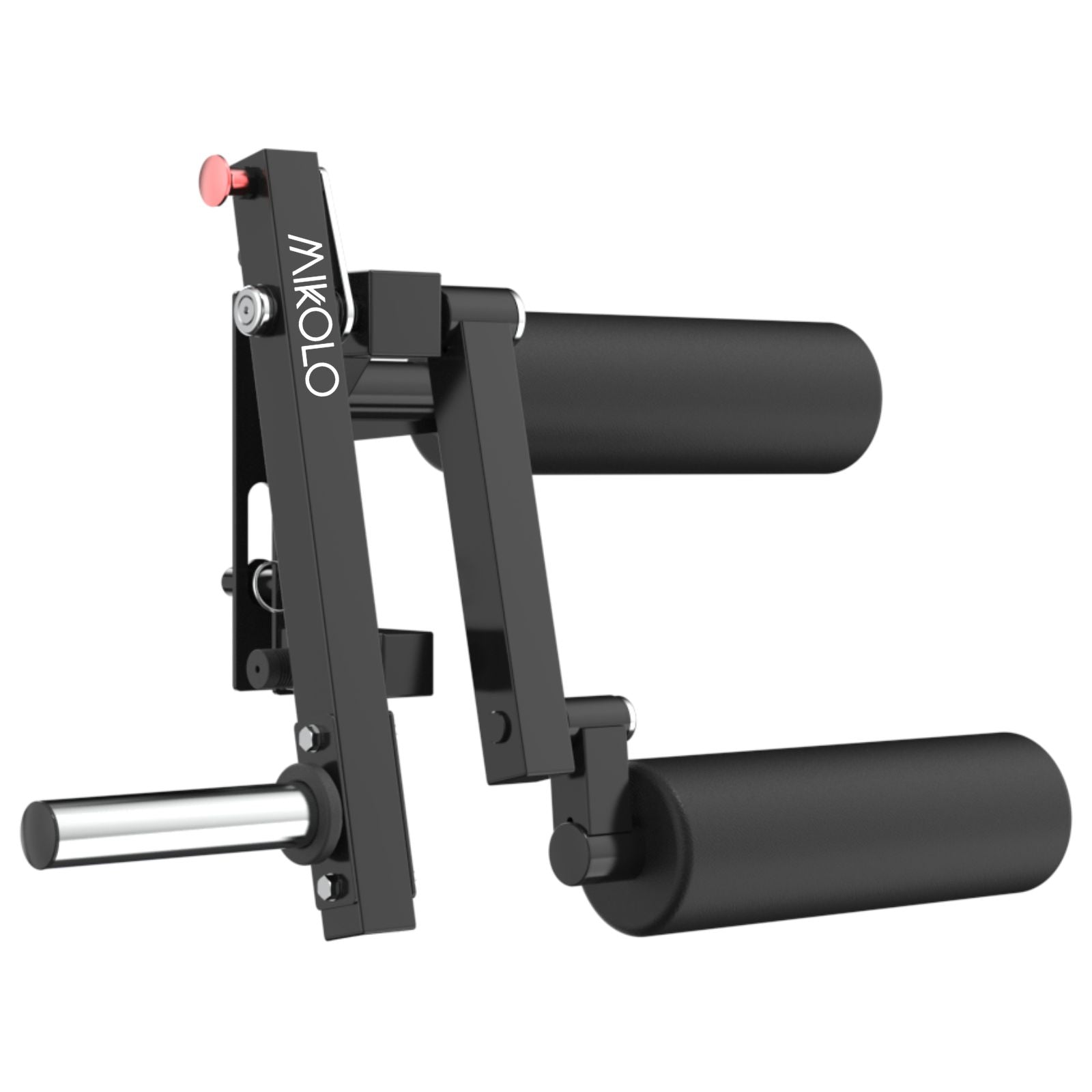



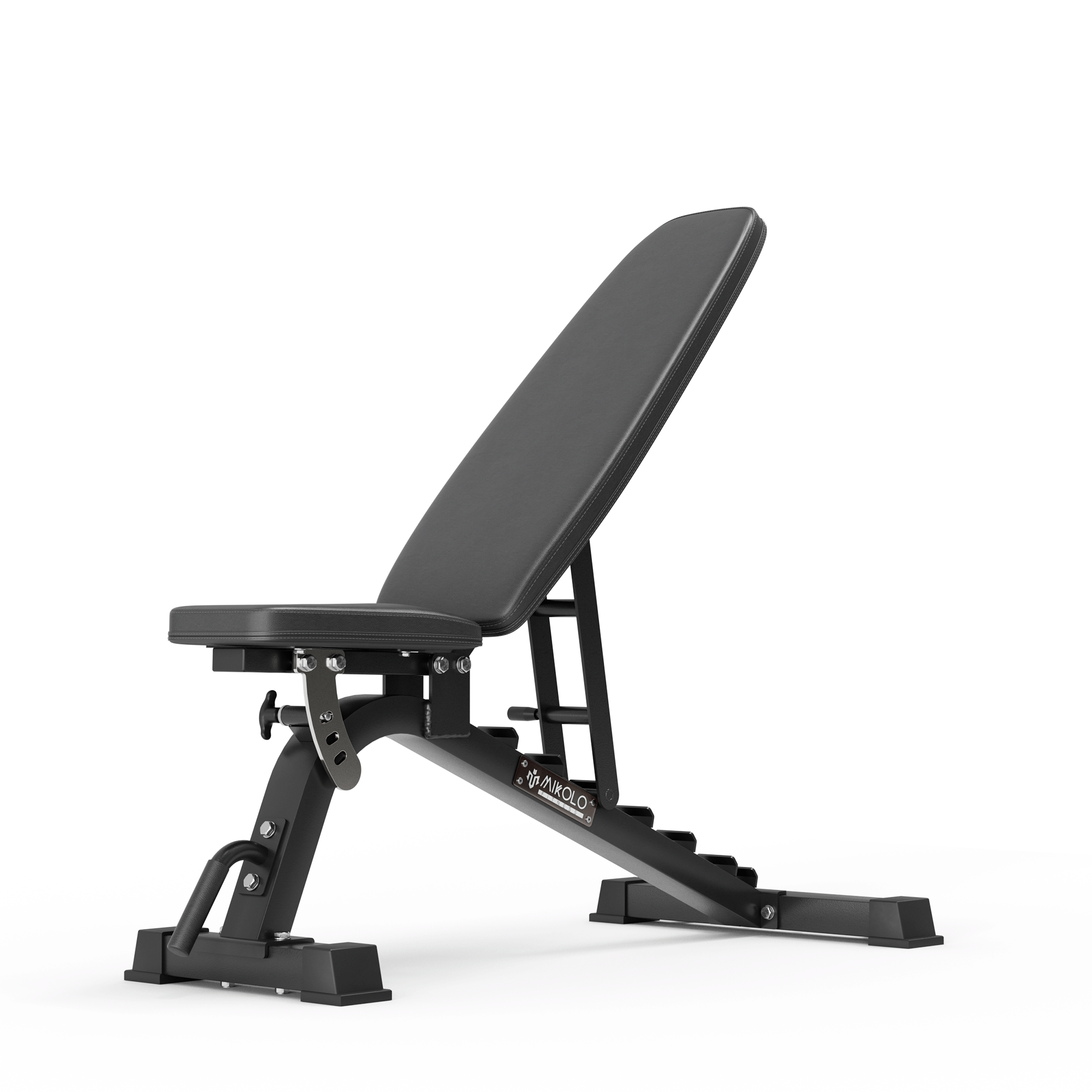











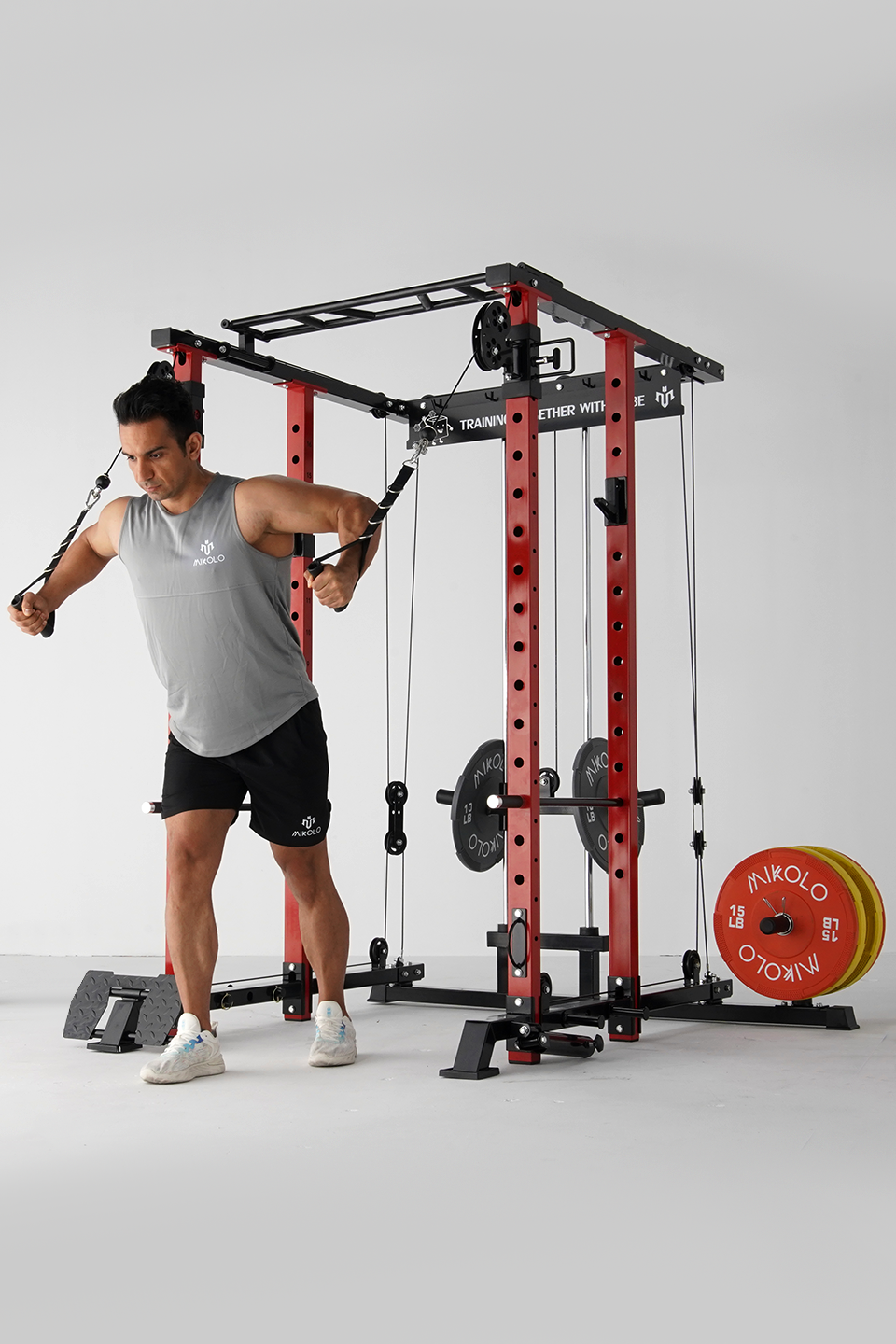



Leave a comment
This site is protected by hCaptcha and the hCaptcha Privacy Policy and Terms of Service apply.